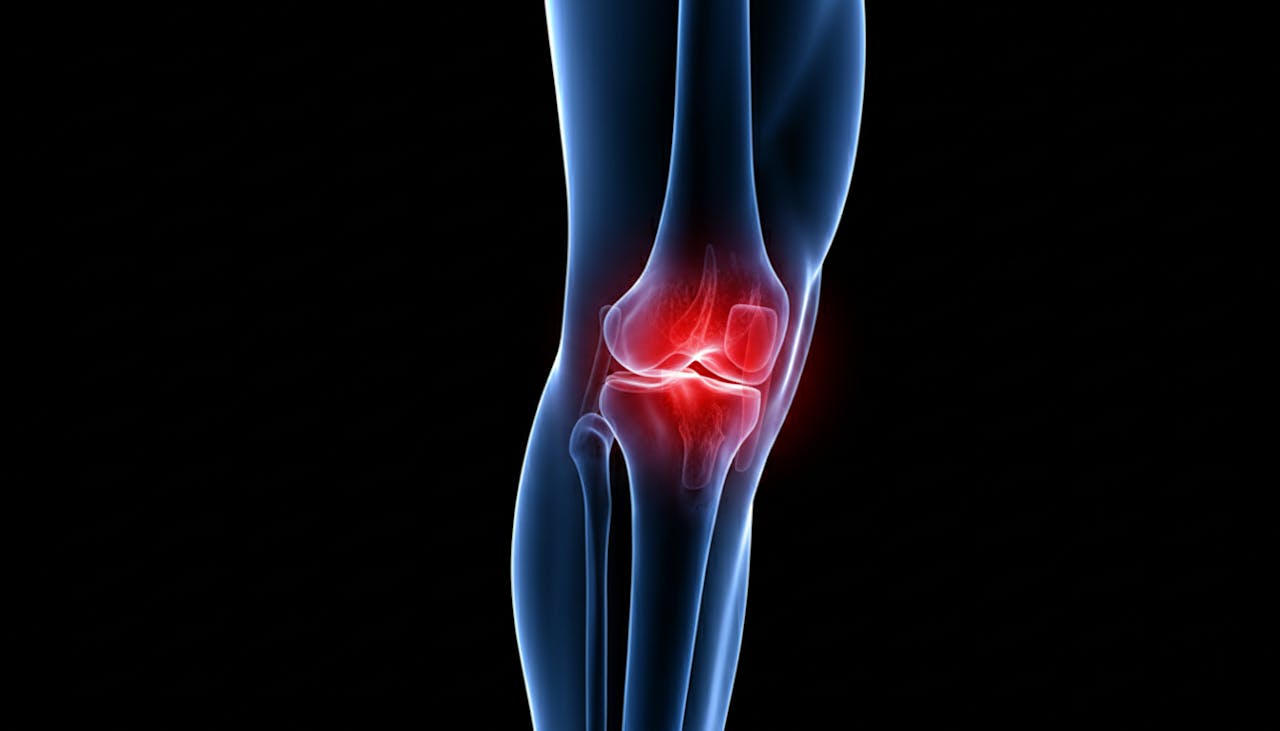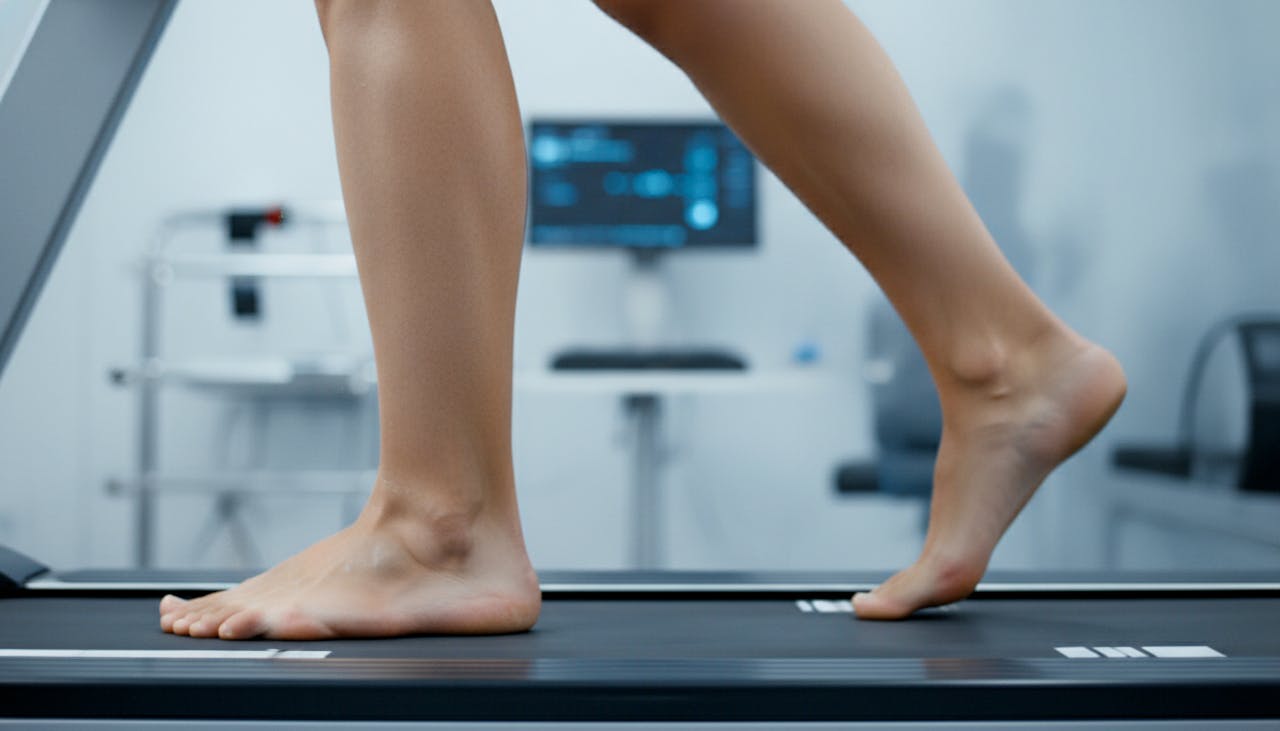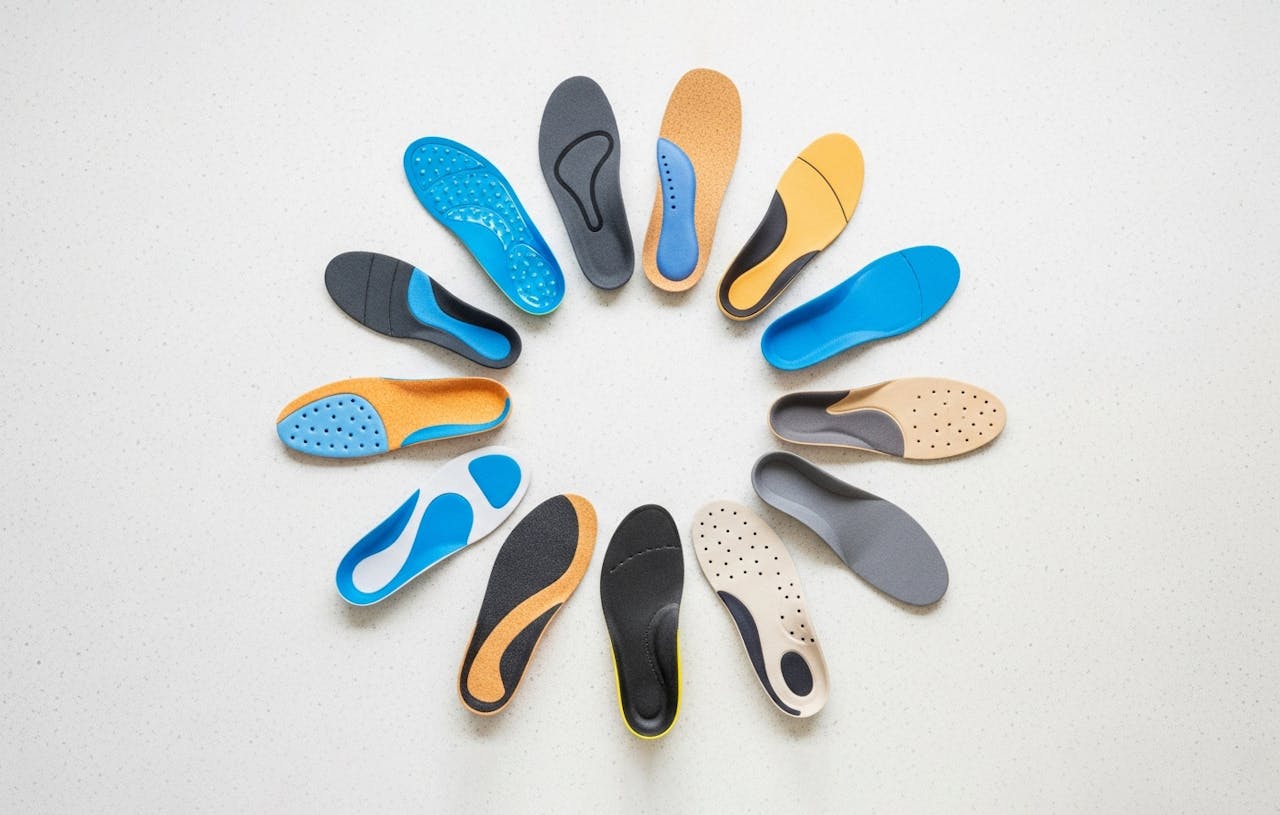
Iliotibial (IT) Band Syndrome
Iliotibial Band Syndrome is a common overuse injury that causes sharp pain on the outside of the knee, frequently affecting runners, cyclists, and active individuals.
Overview
What is it?
The iliotibial band (IT band) is a thick, tough strip of connective tissue (fascia) that runs down the outside of your thigh, from your hip to just below your knee. It helps stabilise and move your knee joint. Iliotibial Band Syndrome (ITBS) occurs when this band becomes tight or irritated, usually from rubbing against the outer bony prominence of the knee (lateral femoral epicondyle).
How common is it?
ITBS is one of the most common causes of lateral (outer) knee pain in adults. It is particularly prevalent in the sporting community, notably among runners, cyclists, and hikers, often earning it the nickname "runner’s knee" (though this term can also refer to other conditions).

Symptoms & Causes
What are the symptoms?
The hallmark symptom is pain on the outside of the knee, just above the joint line. It may start as a mild ache at the beginning of exercise that subsides as you warm up, but eventually, it can become constant and debilitating. You might also notice swelling or a snapping sensation when bending the knee.
What does it feel like?
Patients often describe it as a sharp, burning, or stinging sensation on the outer knee. The pain is typically worse when engaging in activities that involve repetitive knee bending, especially when your heel strikes the ground, or when going downhill or down stairs.
What causes it?
ITBS is fundamentally an overuse injury caused by repetitive friction. However, several biomechanical factors can increase your risk by putting extra tension on the IT band, which is where our specialist assessment at Foot Factor becomes vital.
Common causes include:
- Poor Biomechanics: Overpronation (feet rolling inwards excessively) causes the lower leg to rotate, increasing tension on the IT band.
- Training Errors: Increasing mileage too quickly, running on cambered (sloped) surfaces, or cycling with incorrect seat height.
- Muscle Imbalances: Weak hip abductor muscles (specifically the gluteus medius) can cause your thigh to turn inward during activity, straining the IT band.
- Leg Length Discrepancy: Even a slight difference in leg length can alter your mechanics enough to irritate the IT band on one side.
Some health conditions can include:
While primarily mechanical, conditions that cause general inflammation or tightness in the connective tissues can exacerbate the issue.

How is it Diagnosed?
At Foot Factor, we utilise a comprehensive approach to diagnose ITBS accurately and rule out other sources of knee pain, such as lateral meniscus tears or arthritis.
What tests are used to diagnose it?
- Clinical History: We will discuss your activity levels, when the pain started, and exactly where it hurts.
- Physical Examination: We use specific movement tests, such as Ober’s Test (to check IT band tightness) and Noble’s Compression Test (to reproduce the pain by applying pressure to the outer knee while you bend it).
- Gait Analysis: We observe how you walk or run to identify biomechanical faults like overpronation that may be driving the condition.
- Imaging: While rarely necessary for ITBS itself, an MRI or ultrasound might be suggested if your case is atypical or does not respond to standard treatment, to ensure no other structures are damaged.
Foot Factor provides Expert Podiatry Treatment Tailored to You.
At Foot Factor, our podiatrists specialise in diagnosing and treating foot pain with precision and expertise. With advanced gait analysis, bespoke orthotics, and sports-focused podiatry care, we don’t just identify the problem—we provide a targeted solution to get you back to moving pain-free. Book a consultation today and take the first step toward lasting relief.

How is it Treated?
The good news is that ITBS rarely requires surgery and responds very well to conservative management, especially when the root biomechanical cause is addressed.
Treatment focuses on two phases: reducing acute inflammation and correcting the underlying cause to prevent recurrence.
Acute Phase (Pain Relief):
- Activity Modification: Temporary rest from the activities that cause sharp pain (e.g., switching running for swimming).
- Ice and Anti-inflammatories: To reduce local swelling and pain.
- Massage and Foam Rolling: Targeted release of the thigh muscles (quadriceps and hamstrings) and the tensor fasciae latae (TFL) muscle at the hip—note: we generally advise against foam rolling directly over the painful area on the outer knee as it can increase irritation.
- Long-Term Correction (Specialist Podiatry):
- Custom Orthotics: If gait analysis reveals that poor foot mechanics (like overpronation) are twisting your knee and straining the IT band, we can prescribe custom orthotics. these fit into your shoes to realign your lower limb and offload the IT band.
- Strengthening Programme: We will often recommend specific exercises to strengthen the hip abductors and glutes, stabilising your pelvis during movement.
- Footwear Advice: Ensuring you are in the correct shoes for your foot type to provide adequate support and cushioning.
Our Bespoke Orthotics give you the Right Support for Long-Term Relief.
At Foot Factor, our podiatrists specialise in diagnosing and treating foot pain with precision and expertise. With advanced gait analysis, bespoke orthotics, and sports-focused podiatry care, we don’t just identify the problem—we provide a targeted solution to get you back to moving pain-free. Book a consultation today and take the first step toward lasting relief.
Related Articles
Find expert tips, advice, and insights to support your foot health and active lifestyle.


